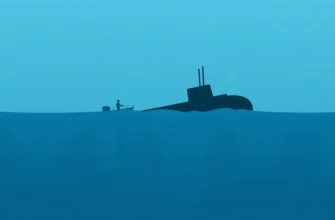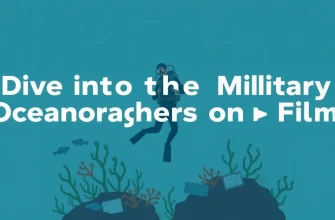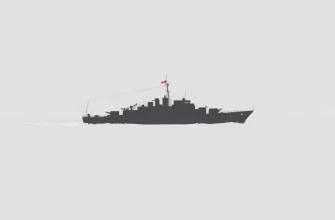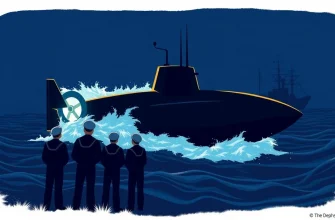War films have always captivated audiences with their intense action, historical significance, and tales of heroism. This curated list focuses on a niche yet fascinating aspect of warfare: naval intelligence. These films not only entertain but also provide a glimpse into the secretive world of sea-based espionage, showcasing the strategic minds behind the battles. From historical dramas to modern thrillers, each film in this collection offers a unique perspective on the challenges and triumphs of naval intelligence operatives.
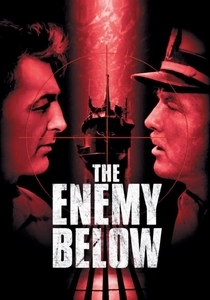
The Enemy Below (1957)
Description: A classic tale of a cat-and-mouse game between a U.S. destroyer and a German U-boat, showcasing the strategic mind games played by naval intelligence officers.
Fact: The film was one of the first to use real footage of ships at sea, enhancing its realism.
 Watch Now
Watch Now 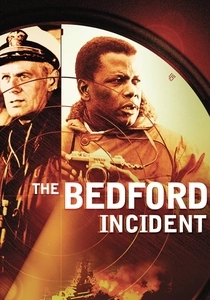
The Bedford Incident (1965)
Description: This Cold War thriller involves a U.S. destroyer's encounter with a Soviet submarine, highlighting the psychological and strategic aspects of naval intelligence during a tense standoff.
Fact: The film was one of the first to explore the theme of nuclear brinkmanship at sea.
 Watch Now
Watch Now 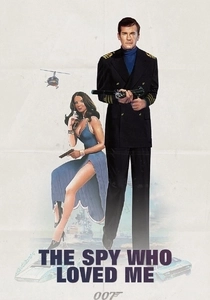
The Spy Who Loved Me (1977)
Description: While primarily a James Bond film, it includes significant naval intelligence elements with the plot revolving around a stolen British submarine and a Soviet counterpart, showcasing espionage at sea.
Fact: The film features one of the most iconic Bond gadgets, the Lotus Esprit submarine car.
 Watch Now
Watch Now 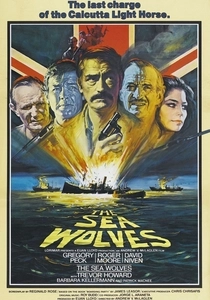
The Sea Wolves (1980)
Description: Based on true events, this film recounts the story of a group of retired British officers who undertake a covert operation against German intelligence in Goa during WWII.
Fact: The film was shot on location in Goa, providing an authentic setting for the story.
 Watch Now
Watch Now 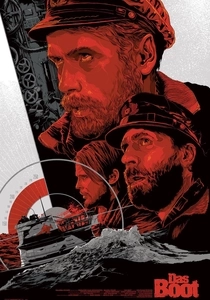
Das Boot (1981)
Description: This German film provides an intense look at life aboard a U-boat during WWII, offering insights into the psychological warfare and intelligence operations from the German perspective.
Fact: The film was shot in a specially constructed submarine set, which was so realistic that it caused claustrophobia among the cast and crew.
 Watch Now
Watch Now 
The Hunt for Red October (1990)
Description: Based on Tom Clancy's novel, this film explores the defection of a Soviet submarine captain and the ensuing cat-and-mouse game with both American and Soviet forces, showcasing the intricacies of naval intelligence.
Fact: Sean Connery, who played the Soviet captain, used a Russian accent that was criticized for its authenticity, but it became iconic for the character.
 Watch Now
Watch Now 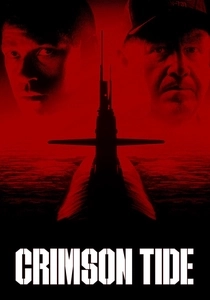
Crimson Tide (1995)
Description: A tense drama aboard a U.S. nuclear submarine where a conflict between the captain and his executive officer over a launch order showcases the importance of clear communication and intelligence in naval operations.
Fact: The film was inspired by real-life events during the Cold War, including the Cuban Missile Crisis.
 Watch Now
Watch Now 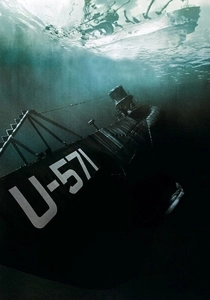
U-571 (2000)
Description: This film follows a U.S. Navy team's daring mission to capture an Enigma machine from a German submarine, highlighting the critical role of intelligence in WWII naval warfare.
Fact: The film was criticized for historical inaccuracies, including the portrayal of American sailors as the ones who captured the Enigma machine, when in reality, it was the British.
 Watch Now
Watch Now 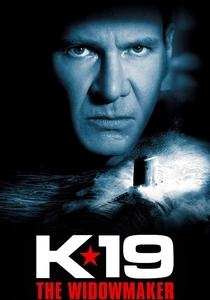
K-19: The Widowmaker (2002)
Description: Focused on the Soviet submarine K-19, this film delves into the harrowing experiences of the crew and the critical role of intelligence in managing a nuclear disaster at sea.
Fact: The film was produced with the cooperation of the Russian Navy, providing an authentic backdrop to the story.
 Watch Now
Watch Now 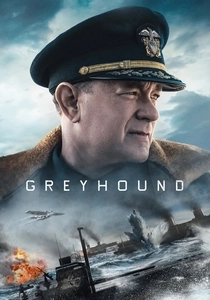
Greyhound (2020)
Description: Based on C.S. Forester's novel, this film follows a U.S. Navy commander on his first wartime assignment, escorting a convoy through the treacherous waters of the North Atlantic, emphasizing the role of naval intelligence in convoy protection.
Fact: Tom Hanks not only stars but also wrote the screenplay, bringing his passion for naval history to the screen.
 30 Days Free
30 Days Free 

